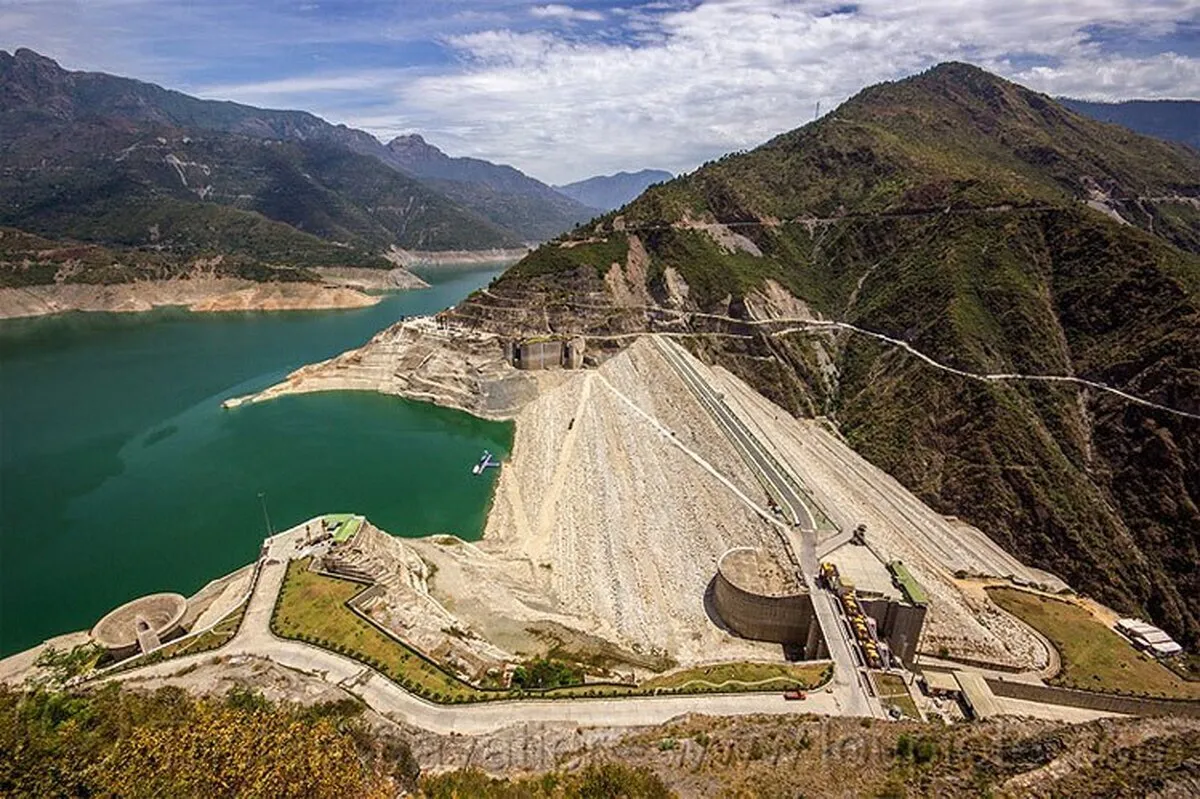Iranian Company Prepares Special Plan to Optimize Cross-Section of Earthen Dams

“One of the achievements of our company is preparation of a plan for optimization of the cross-section of earthen dams with the aim of optimizing and reducing the cost of earthen dams and embankments,” Amin Rezayian, the founder and managing director of the company, told ANA.
“Another achievement of our company is the design, construction and implementation of geodesic structures as one of the most popular contemporary structural systems whose application is very wide and beyond civil structures to the extent that in addition to using them as temporary and permanent structures, they can be used as greenhouses, indoor bioparks, building domes, camp tents, temporary accommodation in natural disasters like earthquakes and floods, urban furniture, villa furniture and tourist places,” he added.
Rezayian described the third achievement of his company as the innovative construction of widely-used elements in Iran’s public facilities, saying that since they are often made of metal or contain reinforcements, they are stolen.
“We should have found a way so that these facilities cannot be stolen and, therefore, we produced anti-theft caps for telecommunications ponds and sewage ponds,” he added.
In a relevant development in late 2022, an Iranian university student had also designed and constructed dams that do not have any impact on the environment.
Mohammad Sadeq Rohbani, a master of science undergraduate in watershed management at the University of Tehran, told ANA that the dams are appropriate for arid and mountainous areas.
Gabion dams developed by the Iranian student are environmentally friendly, and designed as a viable solution for flood control.
The dams are porous structures mostly used in many watersheds covering water reservoirs in Iran where soil erosion by water occurs steadily in uplands.
Stones and building materials are used inside the gabions. Gabion nets also have a coated metal, which is a hot-dip galvanized or plated wire.
Gabions are mainly used in civil engineering, road construction, and military affairs, Rohbani noted.
The Department of Environment is planning to expand these dams due to their compatibility with the environment, he highlighted.
Such dams are widely used in building roads and breakwaters, he said, adding that they are also used in dam construction and civil engineering.
Stones that are used in building gabion dams are taken from the same watershed area. This is an advantage that helps protect the environment, Rohbani stressed.
The initial design of the dam is being implemented in Taleghan and Karaj. If approved, it will be implemented nationwide.
Iran is part of a hot and dry climate. If it rains, it usually turns into a flood. So, gabion dams can greatly help control floods.
In the meantime, underground water resources should be preserved to expand agriculture.
Rohbani went on to say that not paying attention to the construction of these dams and watershed management causes water shortages in the downstream areas.
Basically, these dams are built in steps, and this issue reduces the strength of the flood, he added.
4155/v





















